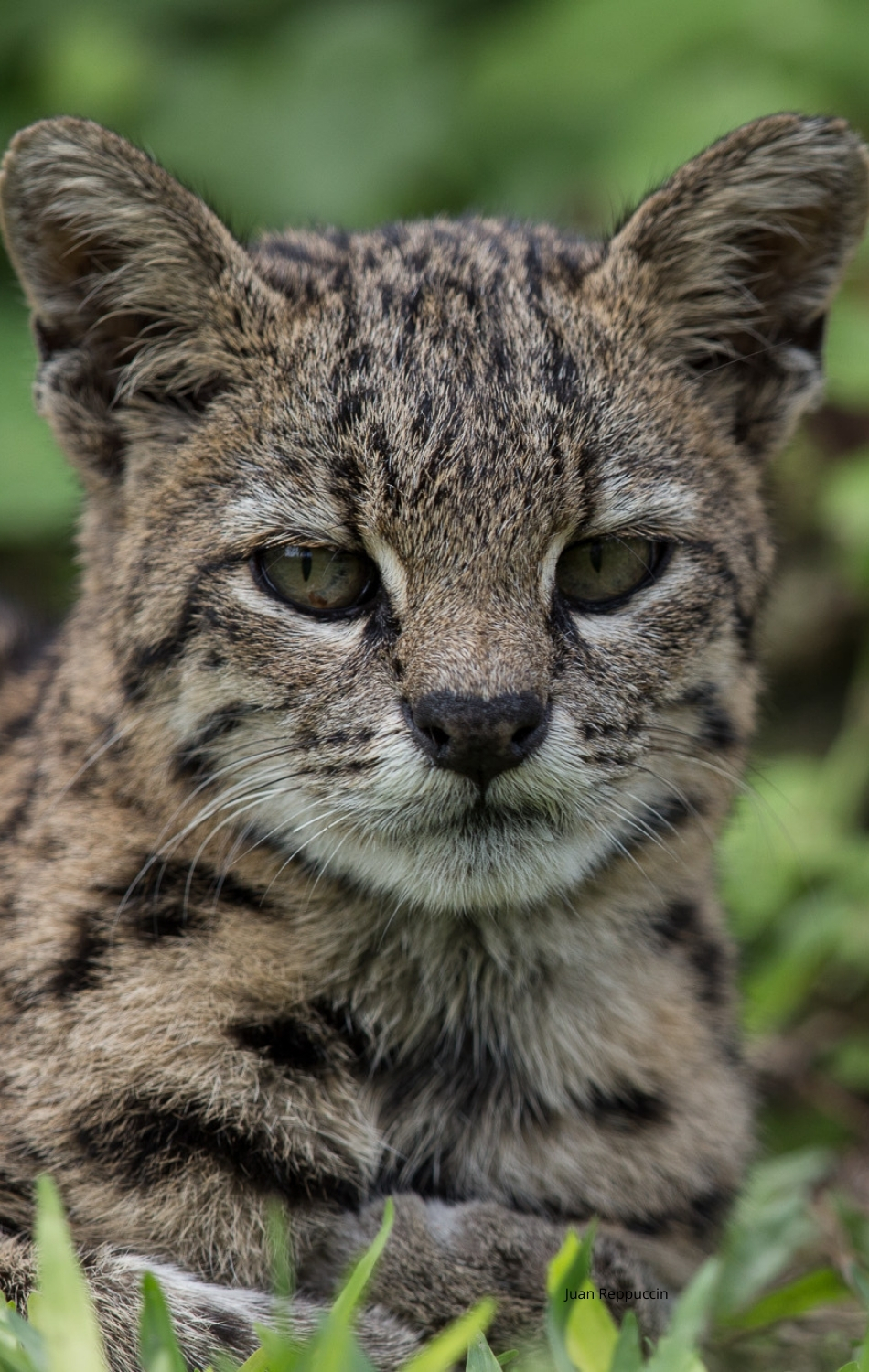Chaco & Espinal projects
CHAllenges for COexistence: humans and mammals in the Dry Chaco
The Argentine Dry Chaco is an ecoregion that covers 490,000 km2 in Argentina. It is part of the Gran Chaco biome that is the second-largest forest in South America and extends north through Paraguay and into southern Bolivia. The Dry Chaco of Argentina is a global hotspot of deforestation where the puma is the only top predator, given the recent ecological extinction of the jaguar. The rapid expansion of agriculture and grasslands that is taking place in the Dry Chaco, combined with hunting are causing the reduction and local extinction of many species, and require a deeper understanding of what can be done to promote people-wildlife coexistence in these landscapes largely modified by humans.
Through the use of camera trapping and interviews to local residents we are assessing the factors that enable the persistence of medium and large mammal in agroecosystems of the Argentine Dry Chaco and their interactions with local people. We are focusing on endangered species and carnivores. Pumas and Geoffroy’s cats are the most common felids in the region but also the species that require conservation actions because of habitat loss and persecution from local people and hunters from adjacent cities. We are also collecting information on the jaguarundi and a recently discovered population of the Pampas cat.
We are planning to use a participatory approach to engage local communities in the use of non-lethal method to reduce carnivore predation on domestic animals, and citizen science and conservation education to improve the image of wild cats, especially among rural school children.
Team members: Mauro Lucherini and Sofia Nanni.
Carnivore-livestock conflicts in the southern Argentine Espinal
The Espinal is an ecoregion endemic of Argentina characterized by a mix of grasslands and shrublands. However, over the last hundreds of years this natural habitats have been almost completely converted into ranchlands, especially in the southern, arid portion of its distribution, located in Buenos Aires province.
This project started several years ago by using camera trapping and interviews to local people to assess the conservation status or carnivores and their conflicts with humans, and showed that in spite of the extensive modification and loss of natural habitats, this is the southernmost part of South America where four species of felids are still co-occurring. The puma and the Geoffroy’s cat are still relatively common but are also increasingly threatened by frequent retaliatory hunting for predation on domestic animals and widespread use of poisoned baits. The impact of these threats on the Pampas cat and the jaguarundi is still unclear but we suspect that the very low population densities of these two felids are due primarily to habitat loss.
During the latest years, because of the urgency of these issues, we have moved to conservation actions. We are now testing tools to reduce losses caused by predation on livestock (mainly livestock guarding dogs, and dissuasive lights), implementing awareness raising activities, and supporting governmental agencies in the design of strategies to favour coexistence between carnivores and ranchers.
Team members: Mauro Lucherini, Estela Luengos Vidal, Sabrina Martinez, Nicolas Caruso






